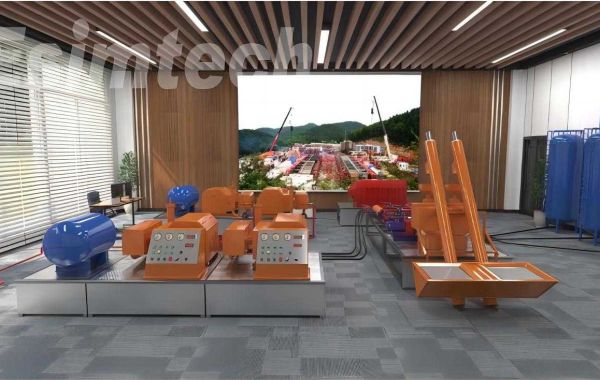The Significance of Well Stimulation
Fracturing, also known as hydraulic fracturing or fracking, and acidizing are well stimulation techniques that involve injecting fluids or chemicals into reservoir formations to increase permeability and improve the flow of hydrocarbons. These operations have played a crucial role in unlocking previously untapped oil and gas reserves, contributing to the global energy supply. However, their environmental implications cannot be ignored.
Environmental Concerns
Fracturing and acidizing operations have raised environmental concerns, including:
Water Usage: These techniques require substantial volumes of water, which can strain local water resources, particularly in arid regions.
- Chemical Use: The chemicals used in these processes, including fracturing fluids and acid solutions, can potentially contaminate groundwater if not managed properly.
- Waste Management: The disposal of flowback and produced fluids can pose challenges related to treatment, recycling, or safe disposal.
- Induced Seismicity: Fracturing has been linked to induced seismicity, leading to concerns about earthquakes in areas that traditionally experience very few.
- Air Quality: Operations can release methane and other pollutants into the atmosphere, contributing to air quality issues.

Environmental Simulation in Fracturing and Acidizing
Simulations have become indispensable tools in studying the environmental aspects of fracturing and acidizing, and these simulations are playing a crucial role in addressing these concerns:
- Water Management: Environmental simulations enable the optimization of water use through the study of alternative water sources, water recycling techniques, and the design of closed-loop systems. This reduces the environmental impact of water consumption.
- Chemical Selection and Mixing: Simulations help evaluate the environmental risks associated with different fracturing and acidizing chemicals. This can lead to the development of more environmentally friendly alternatives.
- Waste Handling: Simulation models allow for the analysis of different strategies for the treatment, recycling, and disposal of flowback and produced fluids, minimizing the environmental footprint.
- Seismic Risk Assessment: Simulations can be used to assess and mitigate the risk of induced seismicity, helping to design operations that reduce the likelihood of earthquakes.
- Air Emissions Management: By modeling the release of pollutants, simulations aid in the development of emission reduction strategies and the selection of cleaner technologies.
Regulatory Compliance
Environmental simulations also play a significant role in ensuring compliance with environmental regulations. They help in modeling various scenarios to predict potential environmental impacts and enable the industry to take measures to mitigate these impacts and adhere to strict environmental standards.
Community Engagement
Simulation technologies can be used to engage with local communities and stakeholders. By visualizing and explaining potential environmental impacts, the industry can foster transparency and build trust with the public.
Conclusion
In the evolving landscape of the oil and gas industry, environmental considerations are of paramount importance. Fracturing and acidizing simulations have become indispensable tools for addressing environmental challenges associated with these well stimulation techniques. By utilizing these simulations to optimize water use, reduce chemical risks, manage waste, and mitigate environmental impacts, the industry can strike a balance between energy production and environmental stewardship. Furthermore, by embracing a commitment to transparency and community engagement, the oil and gas sector can navigate the challenges posed by environmental concerns while continuing to meet global energy demands.







